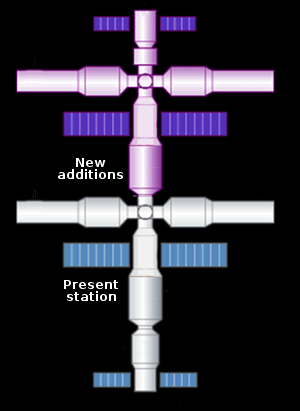Aerojet Rocketdyne satellite power units are chronically failing
According to space insurers, problems on power units built by Aerojet Rocketdyne on four different satellites are going to cost the industry about $50 million in claims this year.
According to multiple insurance sources, Yahsat’s Al Yah 3, Avanti Communications’ Hylas 4, and Northrop Grumman’s two Mission Extension Vehicles (MEV-1 and MEV-2) are operating with reduced power to their thrusters following a problem with onboard Power Processing Units (PPUs).
The PPUs from Aerojet Rocketdyne provide the electrical power their thrusters need for station-keeping in geostationary orbit (GEO). One of the sources said Al Yah 3, Hylas 4, and MEV-2 have each lost one of two onboard PPUs since the issue emerged in 2022. The youngest of these spacecraft, MEV-2, launched in 2020.
While the article at the link focuses on the impact to space insurers for these additional claims, what I see are serious quality control problems at Aerojet Rocketdyne, now part of the company L3Harris after a summer acquisition. The new management of L3Harris better aggressively address this, or else it will find its $4.7 billion acquisition a big waste of money.
According to space insurers, problems on power units built by Aerojet Rocketdyne on four different satellites are going to cost the industry about $50 million in claims this year.
According to multiple insurance sources, Yahsat’s Al Yah 3, Avanti Communications’ Hylas 4, and Northrop Grumman’s two Mission Extension Vehicles (MEV-1 and MEV-2) are operating with reduced power to their thrusters following a problem with onboard Power Processing Units (PPUs).
The PPUs from Aerojet Rocketdyne provide the electrical power their thrusters need for station-keeping in geostationary orbit (GEO). One of the sources said Al Yah 3, Hylas 4, and MEV-2 have each lost one of two onboard PPUs since the issue emerged in 2022. The youngest of these spacecraft, MEV-2, launched in 2020.
While the article at the link focuses on the impact to space insurers for these additional claims, what I see are serious quality control problems at Aerojet Rocketdyne, now part of the company L3Harris after a summer acquisition. The new management of L3Harris better aggressively address this, or else it will find its $4.7 billion acquisition a big waste of money.


